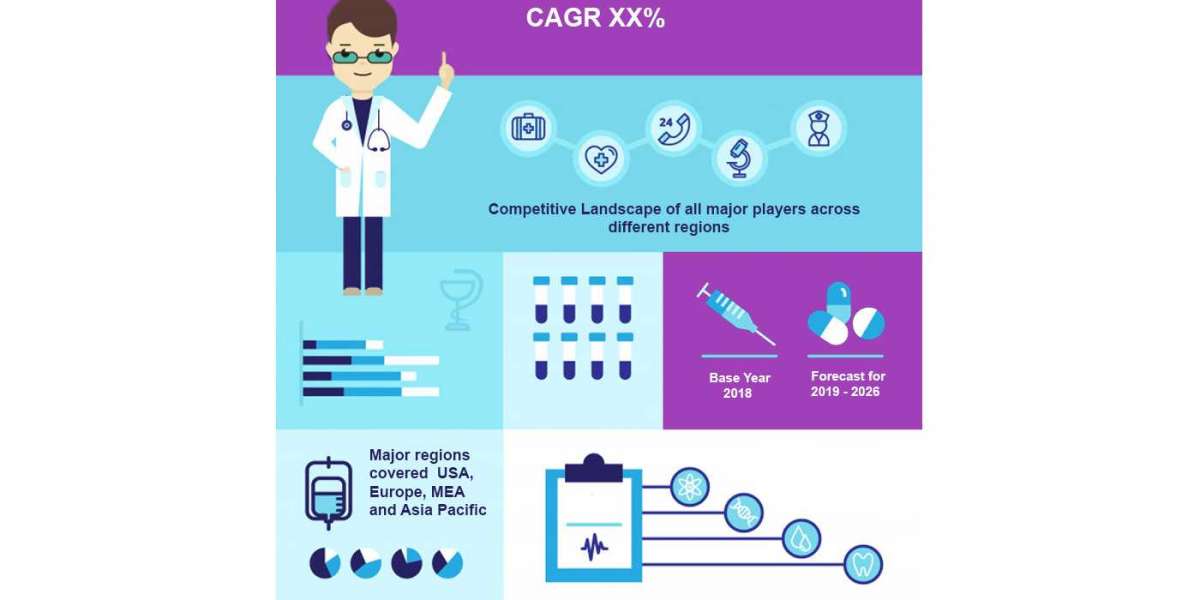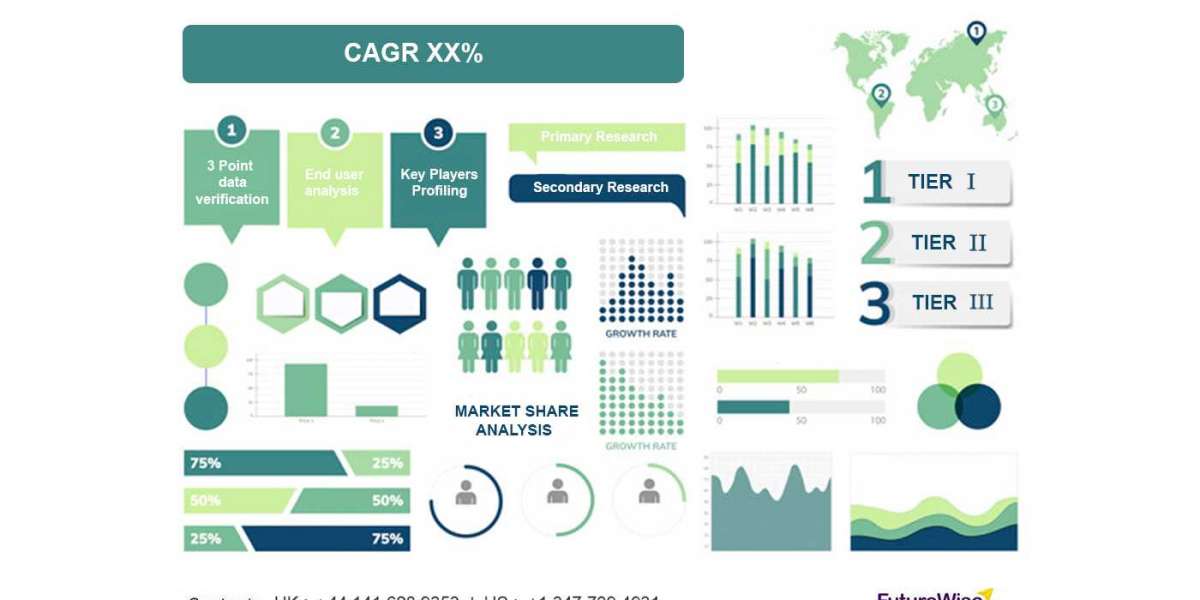As urbanization continues to accelerate, smart cities are increasingly turning to advanced technologies to manage resources, enhance public services, and improve the quality of life for residents. One of the pivotal tools in this transformation is WiFi analytics. By leveraging WiFi networks, cities can gather valuable data, optimize services, and foster innovation. This article explores the role of wifi analytics for smart cities, its benefits, and how it can revolutionize urban management.
What is WiFi Analytics?
WiFi analytics refers to the process of collecting and analyzing data from WiFi networks to gain insights into user behavior, foot traffic, device usage, and other relevant metrics. When citizens and devices connect to public or private WiFi networks, anonymized data is generated, which can then be analyzed to make informed decisions. In the context of smart cities, this data is used to monitor infrastructure, enhance public services, and optimize city operations.
The Role of WiFi in Smart Cities
WiFi networks are ubiquitous in urban areas, making them an ideal platform for collecting and analyzing data in real-time. Cities can use these networks to monitor various aspects of urban life, from traffic patterns and energy consumption to public safety and emergency response. The integration of WiFi networks with Internet of Things (IoT) devices further expands the potential of data collection and analysis.
WiFi analytics can serve as the backbone of smart city initiatives, offering actionable insights across various domains:
- Transportation and Traffic Management By analyzing data from connected devices, cities can monitor pedestrian and vehicle traffic patterns. This information helps urban planners optimize traffic flow, reduce congestion, and make informed decisions about public transportation routes and schedules. WiFi analytics can also predict peak travel times, allowing for dynamic traffic signal adjustments and improved public transport efficiency.
- Public Safety and Emergency Response WiFi networks can be used to track the movement of crowds in public spaces, which is crucial during large events or emergencies. In the event of a crisis, such as a natural disaster or public safety threat, WiFi analytics can help authorities understand crowd dynamics and deploy emergency services more effectively. By integrating real-time location data, cities can ensure faster response times and better coordination.
- Urban Planning and Development WiFi analytics can provide insights into how residents and visitors interact with different areas of the city. This data can inform urban planning decisions, such as where to build new parks, transportation hubs, or commercial centers. Cities can also use WiFi analytics to assess the success of public spaces and events by tracking foot traffic and engagement.
- Environmental Monitoring WiFi-connected IoT devices can be deployed throughout the city to monitor air quality, noise levels, and other environmental factors. The data collected can help cities create targeted policies to reduce pollution and improve the overall health of the urban environment. WiFi analytics also allows for continuous monitoring of environmental conditions, enabling cities to take proactive measures to address any issues.
- Retail and Commercial Insights For businesses operating in smart cities, WiFi analytics offers insights into consumer behavior, foot traffic patterns, and customer engagement. Retailers can use this data to optimize store layouts, improve marketing efforts, and offer personalized services to customers. The city, in turn, benefits from a thriving retail ecosystem that contributes to economic growth.
Benefits of WiFi Analytics in Smart Cities
- Data-Driven Decision Making One of the primary advantages of WiFi analytics is that it enables city officials to make data-driven decisions. Instead of relying on estimates or outdated information, city planners and administrators can use real-time data to address challenges and improve urban services. From traffic management to waste collection, WiFi analytics ensures that resources are allocated efficiently.
- Enhanced Citizen Engagement WiFi analytics allows cities to better understand the needs and behaviors of their residents. This data can be used to tailor public services and create more engaging urban environments. By analyzing how citizens move through the city, where they congregate, and what services they use, local governments can make improvements that directly benefit the community.
- Cost Savings Implementing WiFi analytics can result in significant cost savings for cities. By optimizing services such as traffic management, energy use, and public transportation, cities can reduce operational costs. Additionally, more efficient resource allocation based on data insights can minimize waste and improve the effectiveness of public spending.
- Improved Public Services WiFi analytics helps streamline city operations, resulting in improved public services. For example, data collected from connected vehicles can be used to optimize public transport routes and schedules, while insights into foot traffic can enhance the management of public spaces. This leads to a smoother, more convenient experience for residents and visitors alike.
- Sustainability and Environmental Impact Smart cities are often focused on sustainability, and WiFi analytics can play a key role in achieving environmental goals. By tracking energy usage, air quality, and waste collection patterns, cities can implement targeted measures to reduce their carbon footprint and enhance sustainability. For instance, smart energy grids and IoT devices connected via WiFi can help cities manage electricity consumption more efficiently.
Challenges of WiFi Analytics in Smart Cities
Despite the numerous advantages, there are challenges associated with WiFi analytics in smart cities:
- Privacy Concerns Collecting data from WiFi networks can raise privacy concerns among citizens. Ensuring that data is anonymized and securely managed is critical to gaining public trust. Cities must comply with data protection regulations and provide transparency about how data is collected and used.
- Infrastructure Investment Implementing WiFi analytics requires substantial infrastructure investment. Cities need to have a robust WiFi network in place, along with IoT devices and data processing systems. While the long-term benefits may outweigh the costs, the initial investment can be a hurdle for many municipalities.
- Data Integration Cities generate vast amounts of data from various sources, including WiFi analytics, IoT sensors, and other digital platforms. Integrating and analyzing this data in a cohesive manner can be complex, requiring advanced data management solutions.
Conclusion
WiFi analytics is a powerful tool that enables smart cities to harness the power of data for improved decision-making, resource optimization, and enhanced public services. By leveraging existing WiFi networks, cities can collect valuable insights that drive efficiency, enhance citizen engagement, and foster sustainable urban growth. However, addressing privacy concerns and investing in the necessary infrastructure are crucial steps toward realizing the full potential of WiFi analytics in the cities of tomorrow.
For more details, visit us:








